The Psychiatric Infrastructure of the City
The project, however, was plagued with cost over-runs, engineering difficulties, and the periodic collapse of public support (even the periodic collapse of the ceiling).
From the Globe:
- In the short term, mental health experts say, tempers may flare as the public deals with the logistical inconvenience of detours, lingering uncertainty about the safety of the tunnels, and mounting cynicism about the project. (...) And there may be long-term effects as well – ones that could subtly reshape the city's identity.
A new tunnel, say, is being dug between Manhattan and New Jersey, and moods in the city begin to darken. Psychiatrists notice a strange surge in patients; people come in complaining of nightmares of forced reunion, being in the same room again with an annoying relative they thought they'd left behind long ago. Homeowners wake at 3am each night, convinced someone's trying to break into the basement. The whole island is ill at ease.
And it's all because of that new tunnel getting closer and closer to completion.
Or, say, a new flood barrier is under construction outside London – a gleaming wall of metal that will rise from the tidal murk. Would it change the dreams of city residents? Would this distant piece of hydro-infrastructure affect how Londoners feel about their city – or about themselves? A new confidence. Dreams of survival. Psychoanalysts report that no one dreams of drowning anymore.
On one level here, the answers are both uninteresting and obvious: of course, these sorts of projects would affect the dreams, thoughts, and nightmares of a city's residents – after all, those new landmarks would be a part of the world these people live within.
But a less obvious, or less easily tracked, impact might be postulated here – that, say, a new bridge between San Francisco and Oakland might subtly change how San Franciscans think about their peninsular city, and that this only becomes obvious in retrospect, when someone notices that prescription rates have changed or the divorce rate has plummeted: it was the psychiatric implication of a new bridge that did it.
Put another way, if a new highway can have a measurable, and easily detected, impact on a city's economic health and administrative well-being, then could a new highway – or bridge, or tunnel, or flood wall, or, for that matter, sewage treatment plant – have a detectable impact on the city's mental health? After all, these sorts of massive public works "may carry a psychological burden," the Boston Globe wrote back in 2006.
It's the psychiatric infrastructure of the city.
(Thanks to Josh Glenn, Eric Fredericksen, and the Hermenautic Circle for the Boston Globe link).

 [Image: The cover and a spread from
[Image: The cover and a spread from  [Image: From
[Image: From  [Image: The brick-arched entryway to a "mysterious Chinese tunnel" in the Pacific Northwest (
[Image: The brick-arched entryway to a "mysterious Chinese tunnel" in the Pacific Northwest (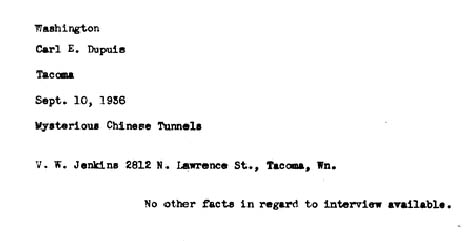 [Image: The cover page for one of many U.S. government documents called "
[Image: The cover page for one of many U.S. government documents called "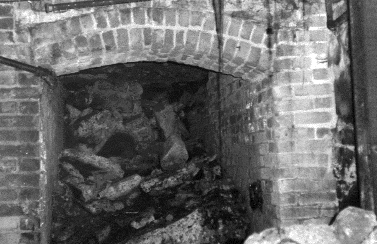 [Image: Another "mysterious Chinese tunnel" in the Pacific Northwest (
[Image: Another "mysterious Chinese tunnel" in the Pacific Northwest (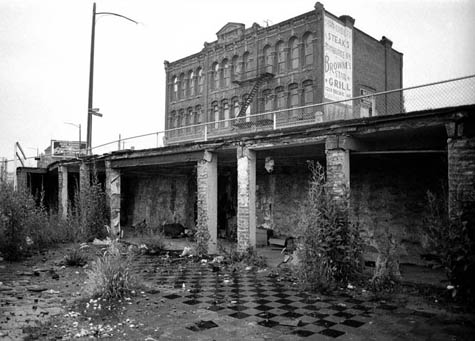 [Image: Entries to Tacoma's mysterious Chinese underworld? Photo by Stephen Cysewski (
[Image: Entries to Tacoma's mysterious Chinese underworld? Photo by Stephen Cysewski ( [Image: Photo by
[Image: Photo by 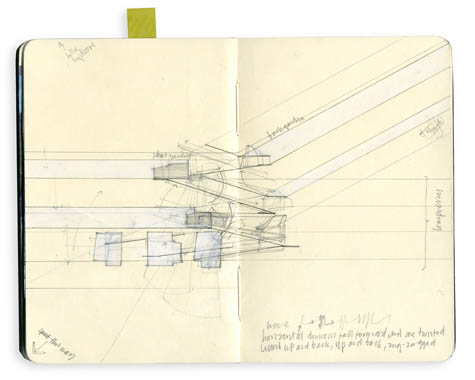 [Image: Sketches by
[Image: Sketches by 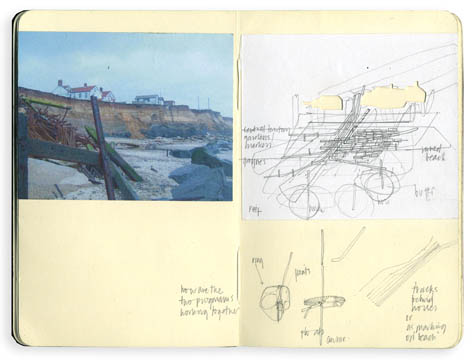
 [Images: Sketches by
[Images: Sketches by  [Image: Tom McCarthy and
[Image: Tom McCarthy and 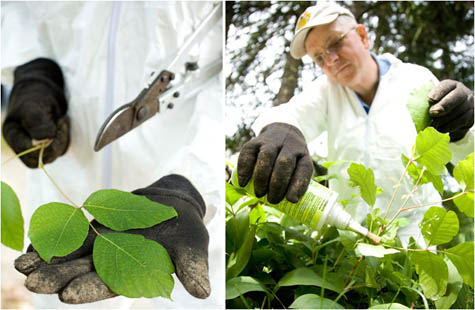 [Images: Poison ivy, resplendent in high-CO2 environments. Photos by Steve Legato for
[Images: Poison ivy, resplendent in high-CO2 environments. Photos by Steve Legato for 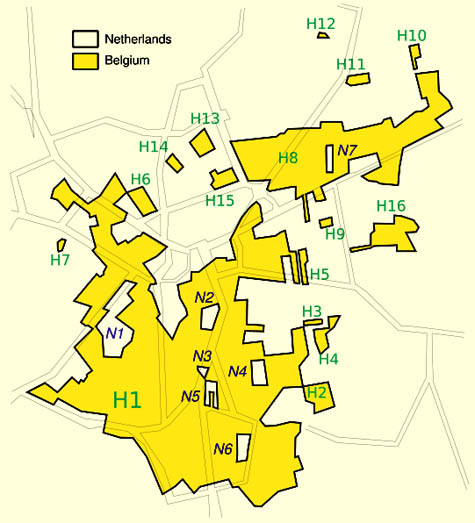 [Image: The strange, island-like spaces of micro-sovereignty within the town of
[Image: The strange, island-like spaces of micro-sovereignty within the town of  Before we get there, though – and before I sidetrack myself pointing out that "diplomatic folklore" would be an amazingly interesting literary sub-genre – Ascherson's paper is about the fluid nature of "international space." He focuses particularly on the changing natures of both terrain and sovereignty – and how the definition of one always affects the definition of the other.
Before we get there, though – and before I sidetrack myself pointing out that "diplomatic folklore" would be an amazingly interesting literary sub-genre – Ascherson's paper is about the fluid nature of "international space." He focuses particularly on the changing natures of both terrain and sovereignty – and how the definition of one always affects the definition of the other. 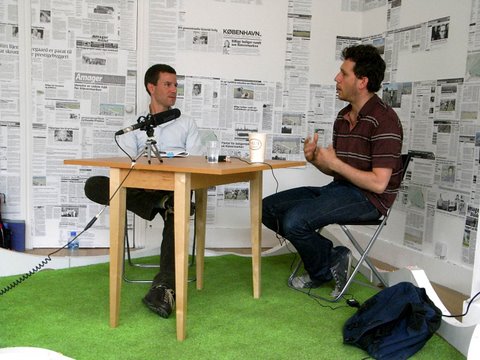 [Image: BLDGBLOG speaks with
[Image: BLDGBLOG speaks with 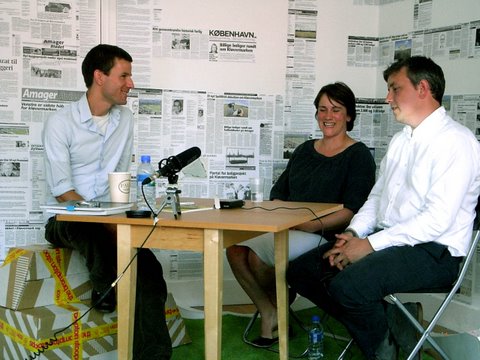
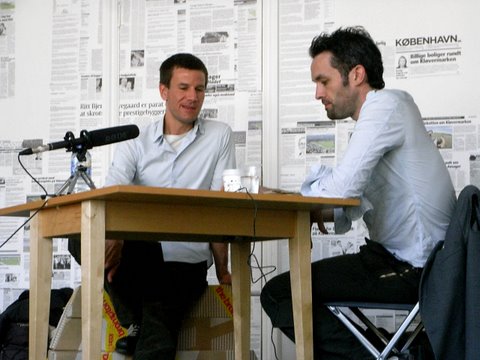 [Images: Interviewing
[Images: Interviewing  [Image: The
[Image: The 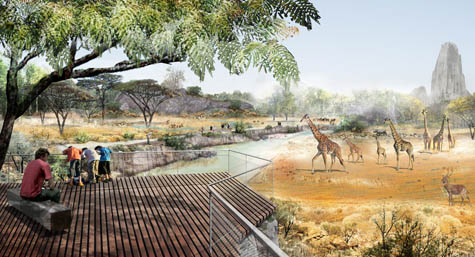 [Image: The future
[Image: The future 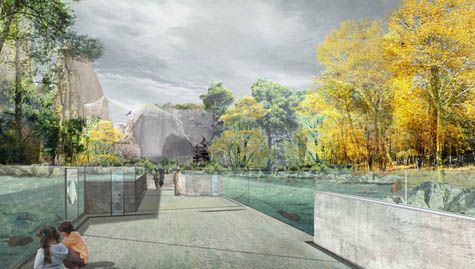 [Image: The
[Image: The 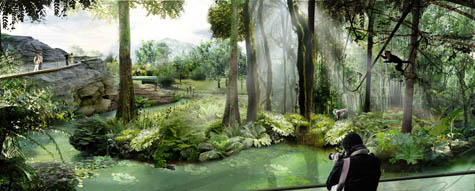
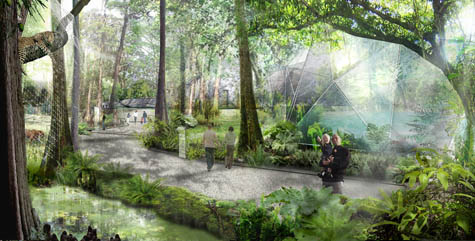 [Images: The
[Images: The  [Image: The
[Image: The 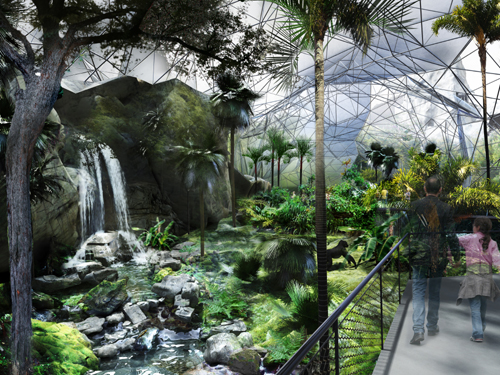 [Image: The
[Image: The 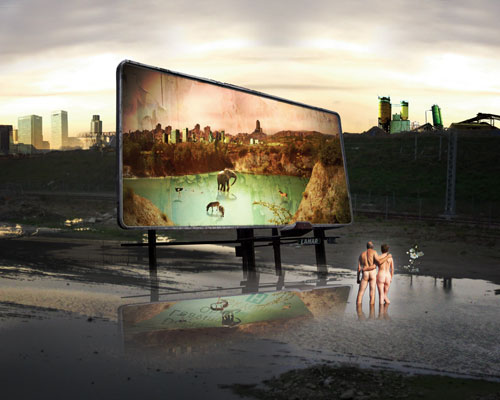 [Image: From London After the Rain].
[Image: From London After the Rain]. [Image: The "air" in Beijing on June 20, 2008, with the summer Olympics less than two months away. Photo by
[Image: The "air" in Beijing on June 20, 2008, with the summer Olympics less than two months away. Photo by 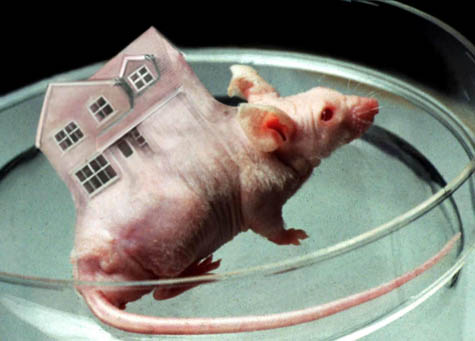 [Image: "Grow Your Own" by Geoff Shearcroft].
[Image: "Grow Your Own" by Geoff Shearcroft].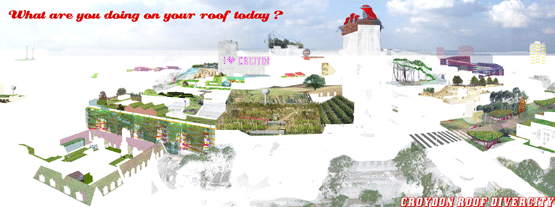
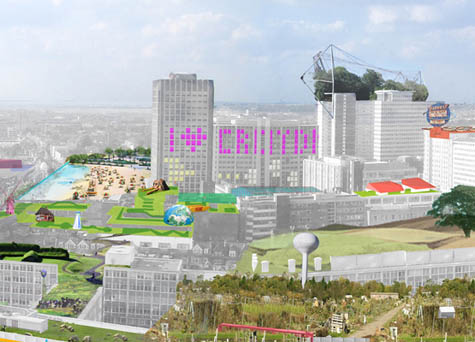
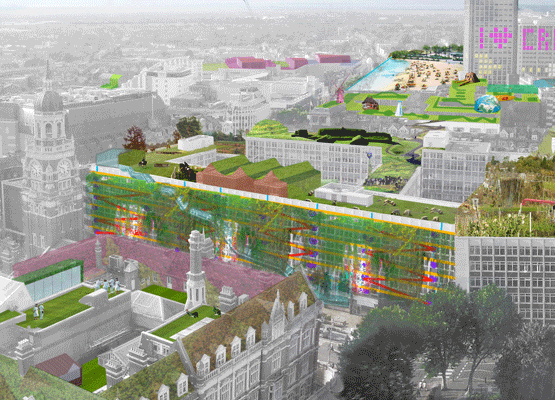
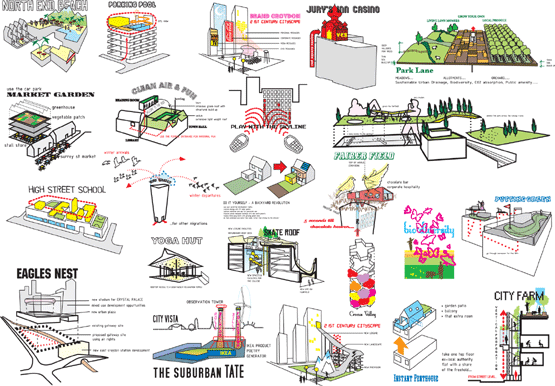 [Images:
[Images: 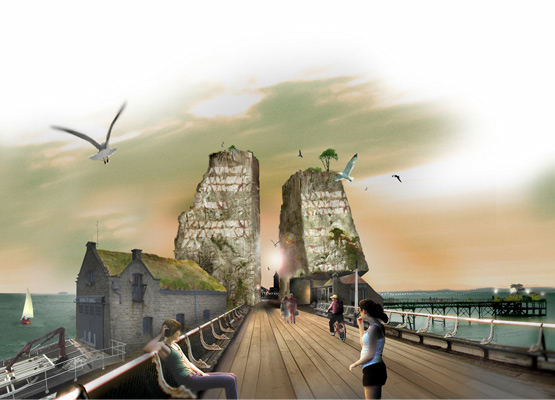
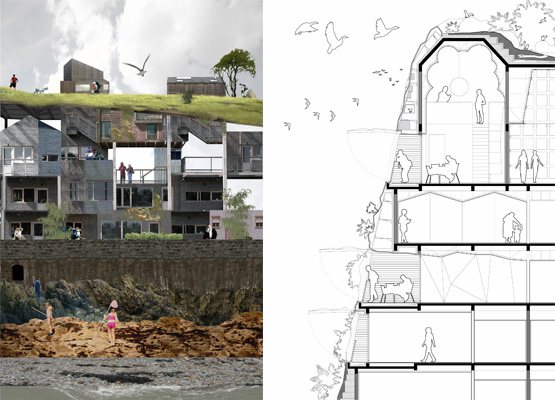
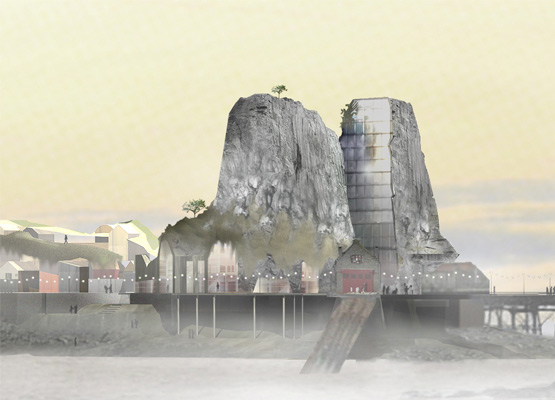
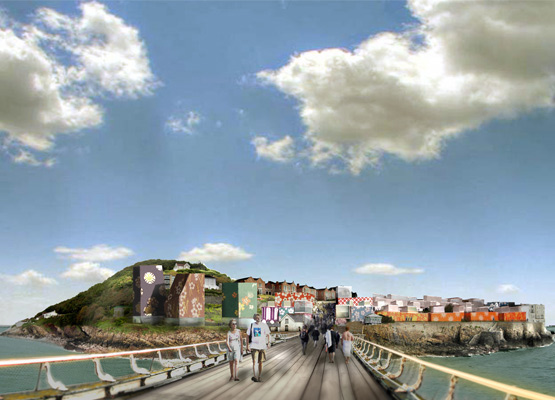
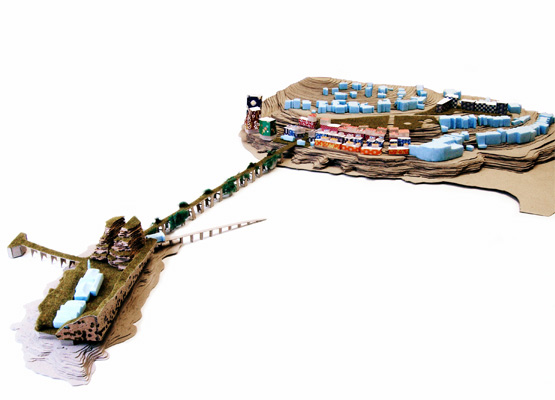 [Images: From the
[Images: From the  [Image: The Lift by The Agents of Change].
[Image: The Lift by The Agents of Change].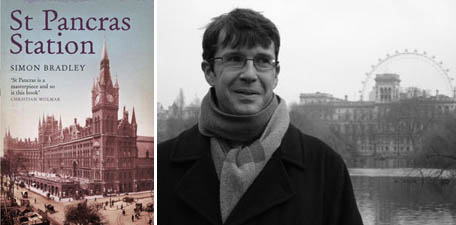 [Image: Simon Bradley and
[Image: Simon Bradley and 


